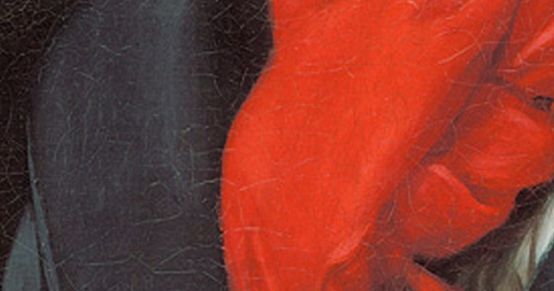Septet for strings and winds
Every Friday, Beethoven is here. To mark the 250th anniversary of Beethoven's birth, each week the Swiss Music Review takes a look at a different work from his catalog. Today, it's the Septet for strings and winds in E flat major.

There's a German saying that a madman likes to sit between two chairs. He distances himself from the system, doesn't feel obliged to respect norms and, above all, places himself on an equal footing with the people, observing what people say and reflecting what they do. Once his mind is enlightened, his jokes lead us to reflection. The same can be said of Beethoven's Septet in E flat major, Op. 20, a work whose entertaining side was already delighting its contemporaries. In a letter to his publisher Hoffmeister & Kühnel asking him to speed up publication of the score, he wrote: "Please bring my Septet into being a little more quickly - the rabble are waiting for it" (April 8, 1802). For many, the tone was certainly popular, but it was above all the sound of this ensemble that was both unprecedented and innovative at the time. For the instrumentation was neither that of a string quartet nor that of a wind band, nor did it reach the scale of a small symphony orchestra. In his 1857 lectures on music (the third part of Friedrich Theodor Vischers Ästhetik oder Wissenschaft des Schönen), Karl Reinhold Köstlich saw a particular attraction and a real challenge for every composer: "mixed instrumentation [of a septet, for example] is a less strict form, but its realization, if it is to be perfect, requires both luck and talent on the part of the composer" (col. 1056).
The structure of the work, with a total of six movements, is quite similar to that of the serenade. And there's a particularly joyful, pleasant tone, especially in the minuet, variations and scherzo - although the whole is preceded by a virtually symphonic introduction at the start of the first movement; the beginning of the finale, meanwhile, is similar to a funeral march. Even today, it is surprising that the complexity of certain parts (the brass in particular) did not detract from the work's popularity. Beethoven himself had pointed out to his publisher that the cast was "tutti obligati (I can't write anything optional, as I myself was born with an obligatory accompaniment)". In this way, he breathed life into the spirit of all future mixed ensembles. His septet quickly became a model. So much so that, a few years later, when the art-loving cloth merchant Johann Tost commissioned a nonet from Louis Spohr (op. 31), he explicitly demanded that here too "each of the instruments should stand out according to its own character and essence".
Aufnahme auf idagio
Keeping in touch
A weekly newsletter reveals the latest column on line. You can subscribe by entering your e-mail address below, or by subscribing to our RSS feed.








